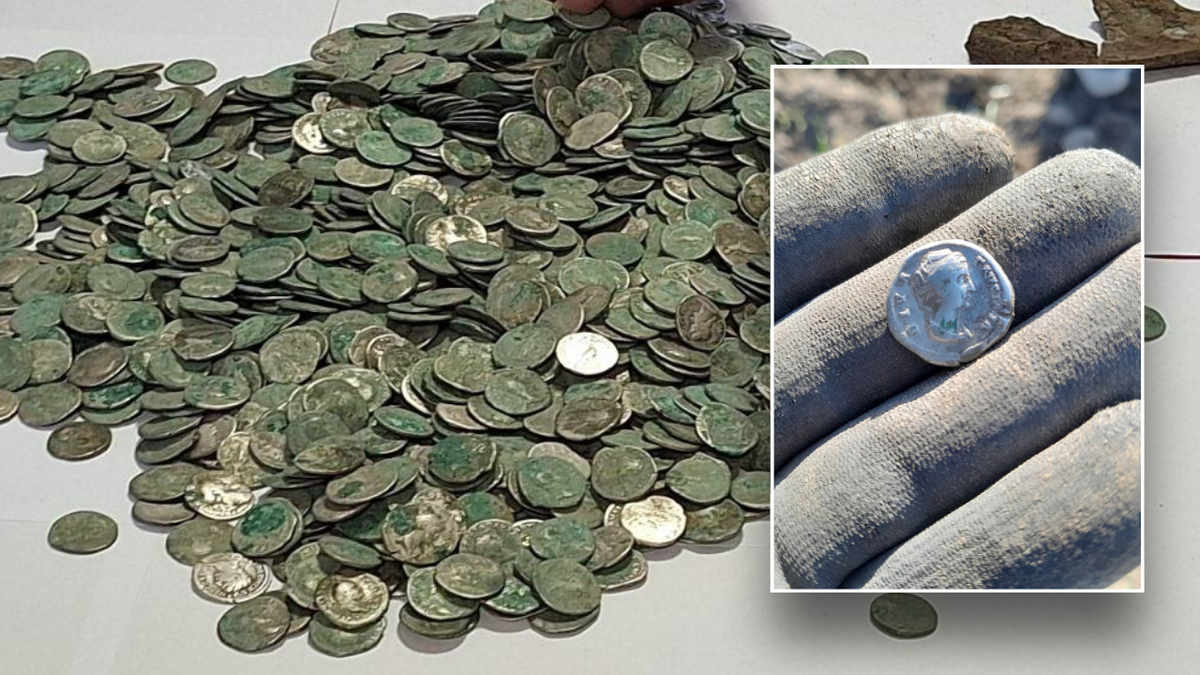In a recent archaeological campaign conducted in the bay of Lagos, Portugal, a team of divers from the National Centre for Nautical and Underwater Archaeology (CNANS), in collaboration with the Norwegian Maritime Museum, made a remarkable discovery. Between October 9 and 20, they managed to retrieve two bronze pulleys believed to be approximately 300 years old, shedding light on an intriguing piece of maritime history.
The recovery of these bronze pulleys is a testament to the dedication and skill of the divers, who faced challenging weather conditions during the operation. The pulleys, which are thought to have belonged to an 18th-century vessel, were used for transporting goods using cables. These remarkable artifacts offer a glimpse into the maritime practices and technology of the past, reflecting the rich history of seafaring in the region.
Gonçalo Lopes, the archaeologist coordinating the project under the "Water World" initiative, shared insights into the historical significance of the find. These pulleys provide valuable information about the vessels and cargo handling methods of the 18th century, offering a window into a bygone era of maritime trade and exploration.
In addition to the bronze pulleys, the divers also came across a lead stump that belonged to a Roman anchor, dating back to a period spanning from the 4th century BC to the 2nd century AD. Unfortunately, this artifact could not be recovered due to adverse weather conditions at the time of the expedition. Stumps of this kind are relatively common in sheltered areas along the Portuguese coast, often associated with anchors that might have been "sacrificed" for navigation or maneuvering purposes.
The significance of the lead stump, which is particularly vulnerable to theft, has prompted efforts to recover it promptly, especially given its location in a recreational diving area. This serves as a reminder of the challenges in preserving and protecting underwater archaeological treasures.
The discovery of three other stumps from the same era in the vicinity suggests that this area was a significant anchorage location during ancient times, offering a tantalizing glimpse into the region's historical maritime activity.
To ensure the preservation and eventual display of these invaluable artifacts, the bronze pulleys will be taken to the CNANS laboratory for conservation and restoration work, with the aim of incorporating them into the exhibition circuit of the Lagos Museum. This will allow the public to connect with their maritime heritage and appreciate the historical significance of these finds.
The contribution of Christiane Kelkel, a German diving instructor who has made an impressive 3,500 dives in the waters off Lagos, cannot be overstated. Over the years, she has meticulously identified underwater artifacts and reported their locations to the authorities, helping to uncover and document numerous historical treasures beneath the waves.
The recent campaign also involved mapping previously inventoried shipwreck sites using sonar technology provided by the Norwegian Maritime Museum. The images produced by the sonar scanning revealed the underwater wrecks in extraordinary detail, including a shipwreck with a Norwegian flag. This particular ship had a captivating history, as it had been torpedoed by a German submarine during the First World War. Remarkably, the crew survived the sinking, leading to a heartening outcome amidst the turmoil of war.
Morten Reitan, an archaeologist from the Norwegian Maritime Museum, expressed his fascination with using sonar technology to visualize these submerged wrecks. He highlighted how the experience of seeing these traces on a screen, knowing they have more than a century of history, can be truly moving, providing a profound connection to the past.
The archaeological campaign was a collaborative effort, involving eight members, including archaeologists and conservator-restorers from CNANS and the Norwegian Maritime Museum, as well as participants from the Institute of Archaeology and Palaeosciences of the New University of Lisbon. Their collective expertise and dedication made these discoveries possible.
The CNANS, part of the Directorate-General for Cultural Heritage in Portugal, plays a crucial role in determining the scientific and heritage value of archaeological assets located in aquatic environments, ensuring their protection and conservation.
This archaeological work in the Bay of Lagos is a part of the fourth and final campaign under the "Water World" project, which is set to conclude in March 2024. As more secrets of the deep continue to surface, these underwater treasures contribute significantly to our understanding of maritime history and the cultural heritage of the region.







